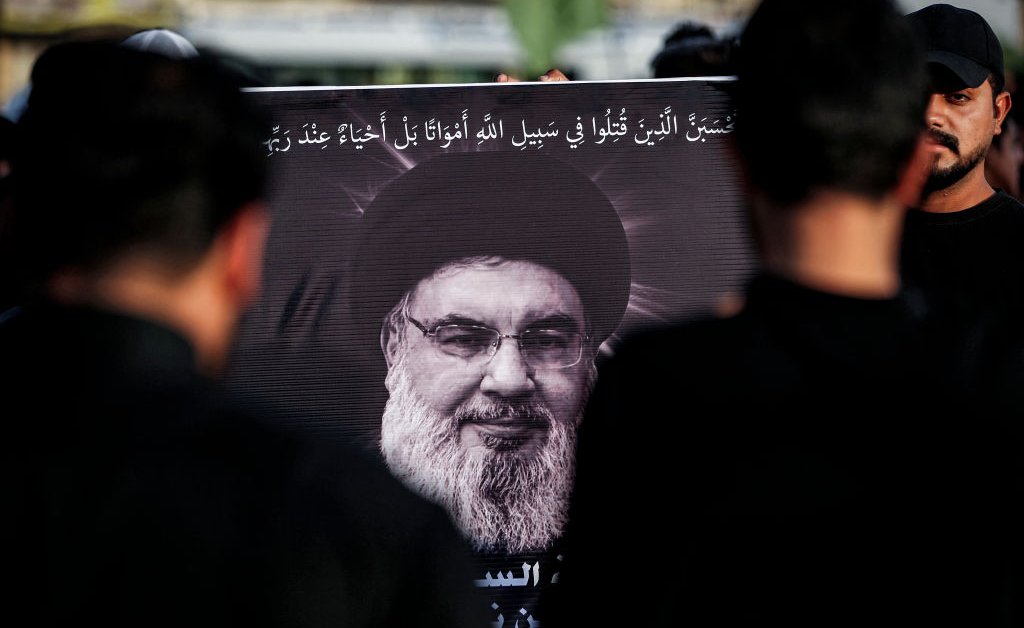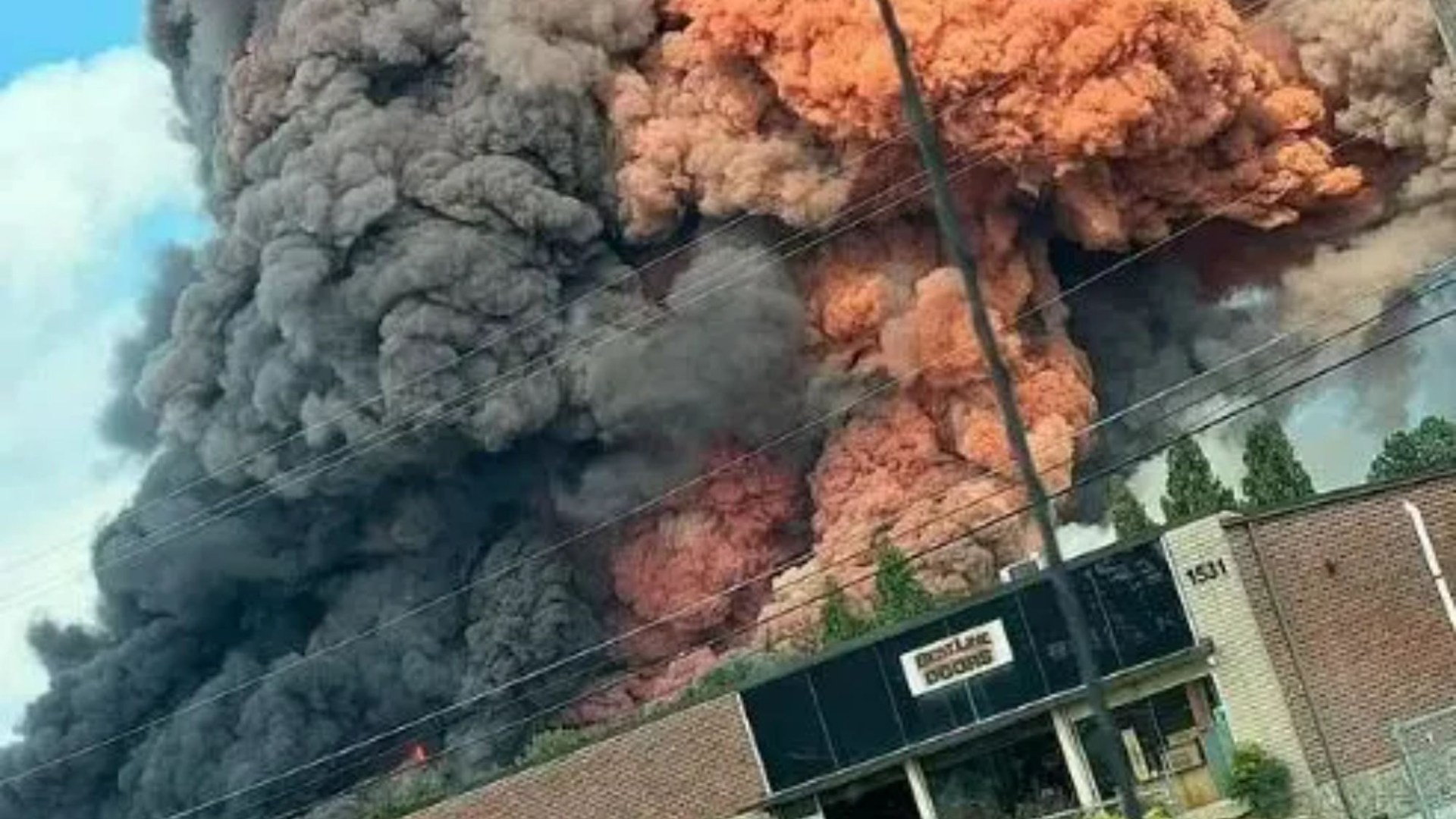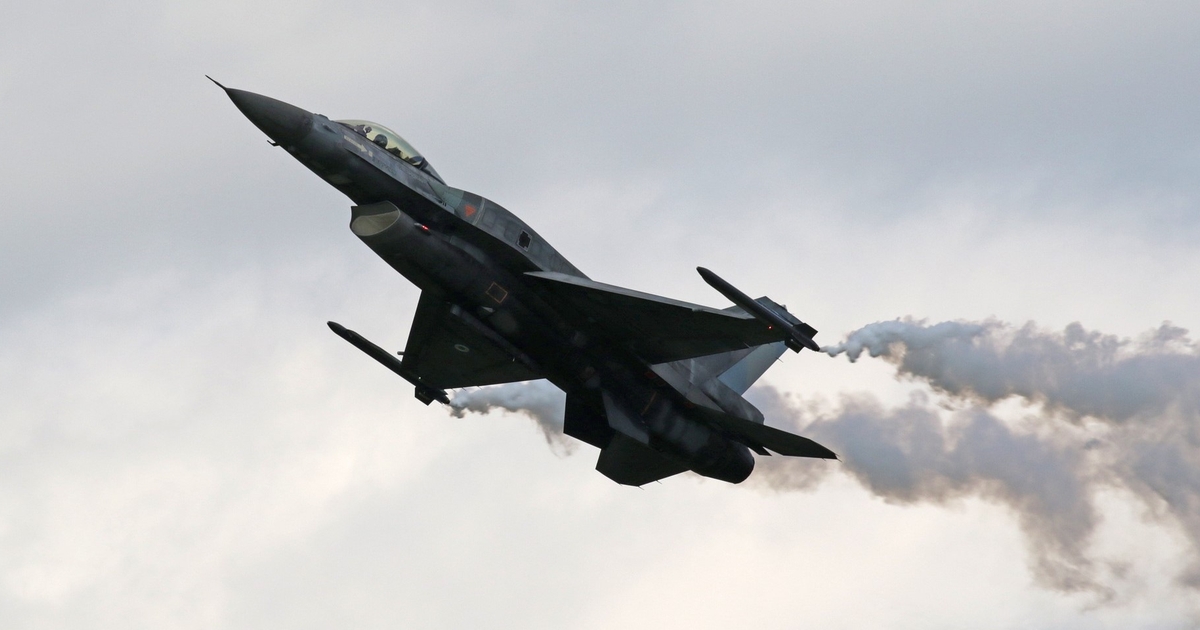Just when the prospect of peace in the Middle East seemed further away than ever, the dramatic death of longtime Hezbollah leader Hassan Nasrallah significantly alters the balance of power and offers a renewed opportunity for peace.
It is hard to overstate the significance of removing Nasrallah from the scene. He was a singular leader possessing a unique portfolio of charisma and strategic skills—in the words of Israeli Prime Minister Benjamin Netanyahu, “He was not another terrorist, he was the terrorist.” His impact is a reminder that in an era where self-directed work teams, group leadership, and collective action are all the buzz, significant individuals can still have a profound impact on history. Scottish historian Thomas Carlyle said: “The history of the world is but the biography of great men.” It’s clear that by “great,” that would mean both virtuous and wicked.
When Nasrallah assumed leadership of Hezbollah in 1992, at age 32, taking over from assassinated co-founder Abbas al-Musawi, Hezbollah was still largely relegated to the fringes of Lebanese society. Over the next thirty years, Nasrallah and his acolytes systemically dismantled and subsumed the sovereign Lebanese government, with even no President since 2022, and wrought havoc on the Lebanese people with little support from the population. As noted by President Biden in calling Nasrallah’s death “a measure of justice,” Nasrallah was responsible for the deaths of thousands of Lebanese, Israelis, Americans, and Syrians during his bloody rule, and enjoyed little support from Arab neighbors, with the Arab League joining the U.S. and the E.U. in designating Hezbollah a terrorist organization under his watch.
Under Hezbollah rule, Lebanon has arguably turned from prosperity into a failed state, but with Nasrallah and much of the leadership of Hezbollah now gone, there is an opportunity for what is left of the Lebanese government and military to reassert control and rebuild a functioning state, for the benefit of the people of Lebanon rather than Iran.
But the broader opportunity comes from what has accompanied Nasrallah’s death—the systematic degradation of Hezbollah’s capabilities over the last month.
Recent history shows that criminal and terrorist movements rarely collapse with the removal of the top leader alone. The resurgence of Boko Haram has continued despite the killing of its leader Abubakar Shekau in 2021. Similarly, the resilience of Al-Shabaab after the U.S. killed one of its top commanders Maalim Ayman last year, and the flourishing of Mexico’s Sinaloa Cartel despite the imprisonment of leader El Chapo and his son, show that taking down one key figure does not always have a grave impact.
But what is far more effective is when the top leader’s removal is paired with the systemic hollowing out of a movement’s organizational capacity. Examples include the collapse of Al-Qaeda, culminating in the deaths of heads Osama bin Laden and Ayman al-Zawahiri, the collapse of Russia’s Wagner Group after its forced integration with the Russian military culminating in the deaths of head Yevgeny Prigozhin and his top deputies, and the collapse of ISIS after years of military defeats culminating in the death of its already weakened leader Abu Bakr al-Baghdadi.
And that is what has happened in Lebanon over the last month. Hezbollah pagers and walkie-talkies exploded, making communications among Hezbollah operatives suspect. Strikes have eliminated Nasrallah’s presumptive heirs and leadership cohort, and with Hezbollah fighters focused on their own survival, they have been less capable of launching their missiles at Israel in numbers we were seeing previously. Israel has been under attack from what they estimate to be anywhere from 8,000 to 11,000 missiles fired by Hezbollah since Oct. 8, 2023.
The sudden, unanticipated degradation of Hezbollah has shattered tired, old assumptions that Iran’s most vaunted proxy was untouchable, catching the U.S.—and many others—by surprise, right as the global community was calling for a cease-fire. But even more importantly, it has exposed Iran and its proxies as paper tigers, tilting the regional power balance the furthest away from Iran and its allies in recent memory. One thing that is for sure: You can bet that Arab leaders will now be less fearful of Iran and its coercive abilities and will evaluate their options accordingly.
Of course, escalation remains possible, but Iran has always been wary of getting into a direct war with the U.S. Consider the reaction of Iran to the killing of Quds Force Commander Qassem Soleimani in 2020 and the strike on Hamas leader Ismail Haniyeh in Tehran earlier this year. The former produced a very limited retaliatory response, the latter still nothing. Deprived of its strongest proxy, the dramatically overestimated Hezbollah, Iran’s bluff has been called. Iran is left in deeper isolation in the Middle East, leaving the Ayatollah’s regime increasingly reliant on patronage from Russia and China. Iran’s pursuit of nuclear weapons remains a danger that requires Iran’s leaders to understand that they could risk its entire nuclear infrastructure if it continues. But the Iranian economy remains very weak and is being propped up by windfall oil production.
What does all this mean for the prospect of regional peace? Netanyahu needs to be able to translate Israel’s military achievements into political outcomes. He cannot let nationalists in his coalition define what is possible in Gaza and the West Bank. But now, given Israel’s actions against Hezbollah, Iran-backed proxy groups will no doubt be worrying about their own security, or lack thereof, with the myth of Iran’s protective shield irrevocably punctured. Israeli security insistences which may have previously seemed indigestible may not be as intolerable when measured against the humiliation inflicted upon Hezbollah, and by extension, Iran.
The last few years have been marked by roads to peace not taken, and while the opportunity for peace looms large, whether that opportunity is realized will largely come down to the regional participants themselves. After so many missed opportunities, it is hard to be hopeful. However, even without any official accord, the removal of Hezbollah’s Nasrallah, paired with the complete degradation of Hezbollah, promises a new day ahead for the Middle East.















































































































































You must be logged in to post a comment Login